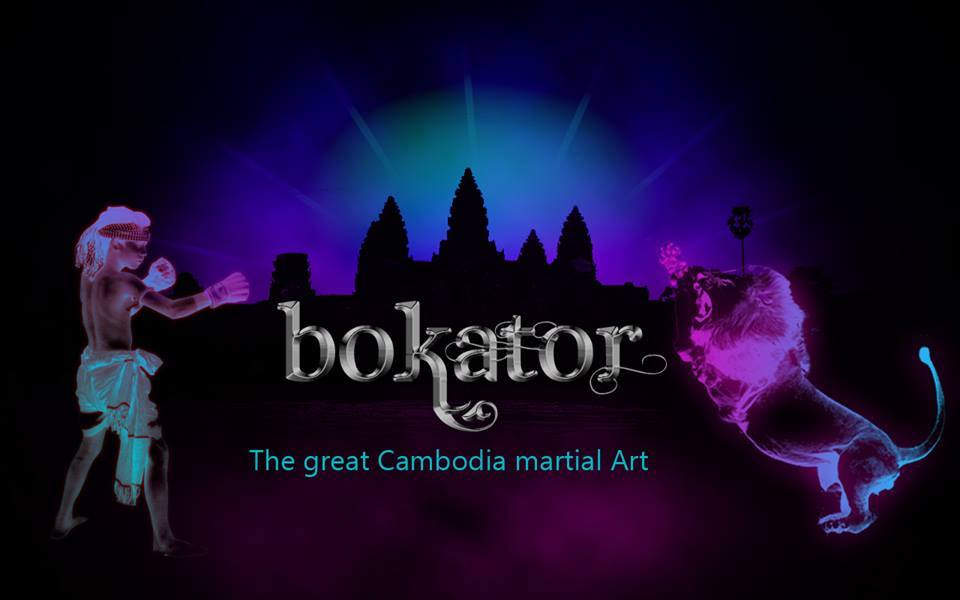The Latchford Collection #5:
A single female head, made of sandstone, appeared in the Douglas Latchford personal collection at his home in Mayfair, London when these pictures were taken in 2014, having been in his possession for the previous decade at least. We know this as the artifact was highlighted in the 2004 book, Adoration and Glory: The Golden Age of Khmer Art, which Latchford co-authored and self-published with Emma Bunker, his scholarly side-kick. The stone head didn’t follow any previous Khmer style of the pre-Angkor period, even though Latchford said it was found in Takeo province in southern Cambodia. However, we now know to treat any provenance information from the disgraced art dealer with a pinch of salt. His explanations cannot be trusted. So, we are left with a conundrum as to the female’s original home and where she fits into the timeline of Khmer history. It’s very likely that she is dated to around the seventh century but the influences on her facial features and hair style can range from Vietnam, Thailand or beyond.
This artwork is one of more than forty stone and bronze items, plus many pieces of jewelry, housed in Latchford’s London home, of which more than half were featured in the three catalogue-style books which Latchford and Bunker produced (Adoration and Glory; Khmer Gold; Khmer Bronzes). On his death in 2020, his daughter, Julia Copleston, promised to return the Khmer artifacts in his collection to the Cambodian government. To-date, a handful of stone statues and a large cache of gold jewelry pieces, have been returned to the kingdom, with a lot more still outstanding. The British-born art dealer had homes in London and Bangkok, and it’s the latter from where he ran his international smuggling network, dispatching stone and bronze sculptures to museums, private collectors and auction houses around the globe for more than fifty years.
The description of our mysterious female in Adoration and Glory is as follows: This enigmatic head was dug up in a field in the Mekong Delta near Takeo in southern Cambodia. The hair is gathered together into a chignon from which two loops fall gracefully on either side. The face has arched eyebrows, eyes indicated by recessed almond-shapes, a long aquiline nose, and a mouth with turned-up corners. The date and style of this head have mystified scholars of Southeast Asian art for years, and it has never been published. Although it was found in southern Cambodia, the face does not appear to be Khmer. Some of its features are distantly similar to sculpture found in peninsular Thailand. A Srivijaya-style bodhisattva image from Chaiya in peninsular Thailand displays a chignon with similar parallel lines indicating the hair. The head’s recessed almond-shaped eyes are similar in concept to those of a head from Si Thep, Thailand, in the Cleveland Museum. Consequently, it seems possible that the present head was carved under the influence of styles prevalent in peninsular Thailand during the seventh century, a time where there appears to have been considerable contact between Thailand and the Khmer world in Cambodia. On the other hand, the recent publication of a wooden figure discovered in the Mekong Delta and dated to around the fifth century by carbon-14 testing suggest that the present head could also be stylistically related to styles associated with pre-Angkor cultures in what is today southern Vietnam. The present head has a long face and coiffure similar to that of the Mekong Delta figure. During the centuries before the ascendancy of the Khmer, mainland Southeast Asia was home to many regional cultures, about which we still know very little, so a more precise attribution for this head may have to wait for further archaeological information. [Extract from Adoration and Glory].















